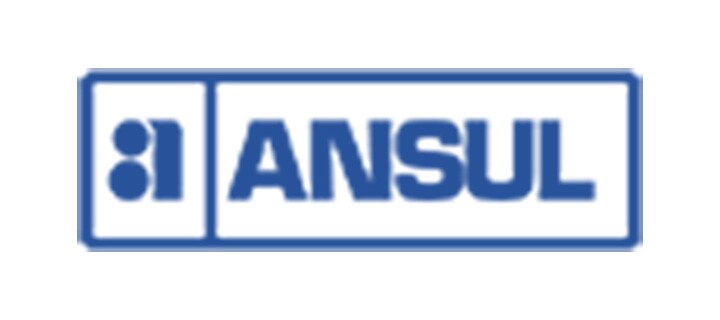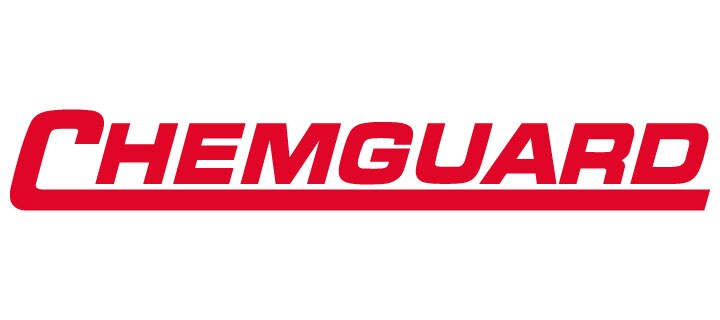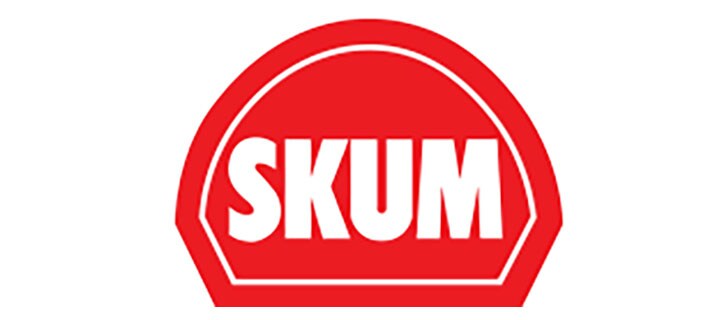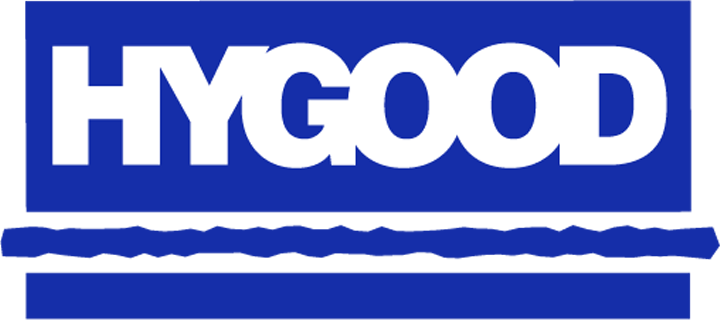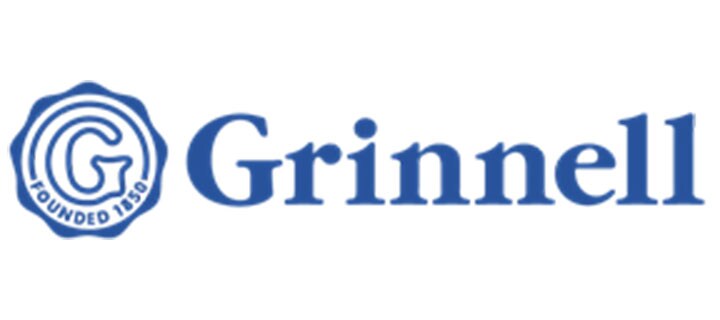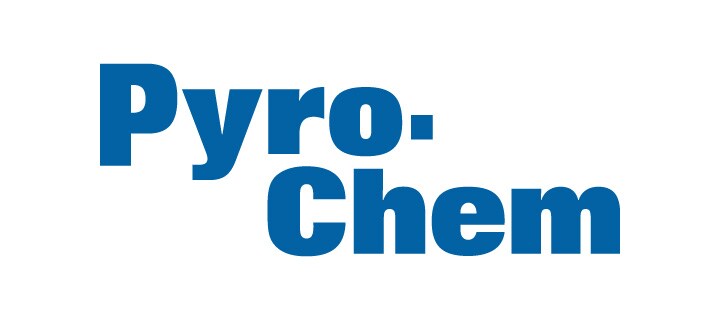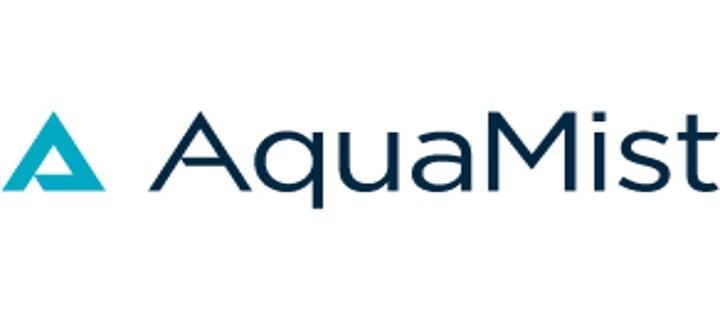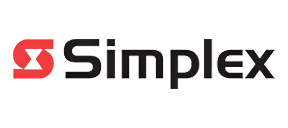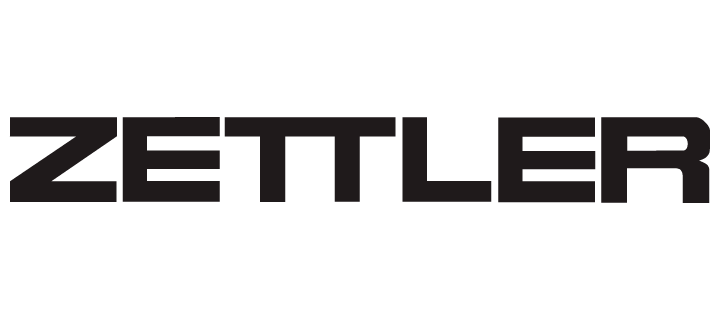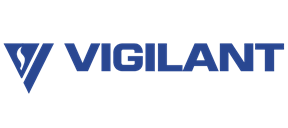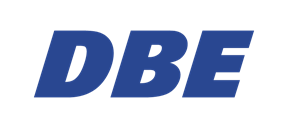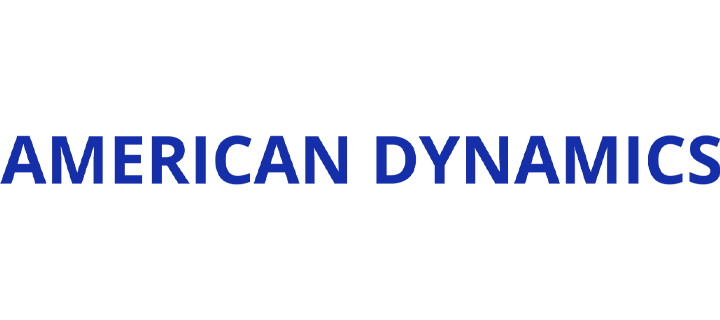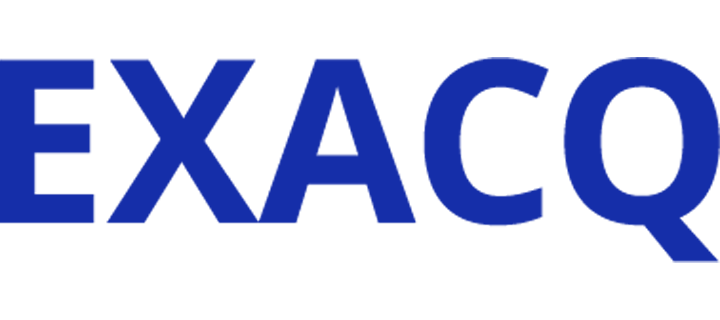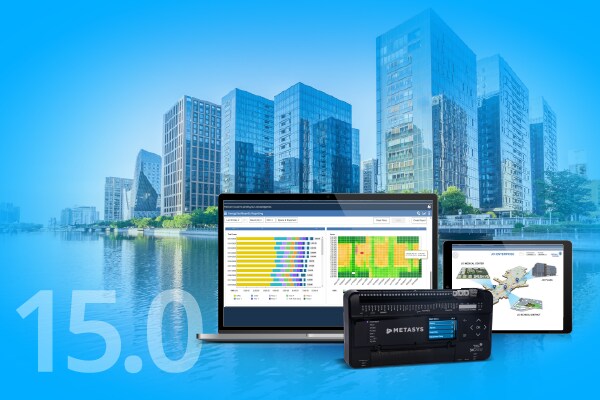Inspiring the Future
Johnson Controls Celebrates 140 YearsDriving winning outcomes from the beginning
From the day Warren Johnson launched our company in 1885, our core purpose has been to help customers succeed in their mission. Below are highlights from our history, linked to current innovations that take you and your building into tomorrow. For a complete company timeline, see the Johnson Controls History page.

1883: Professor Warren Johnson patents the “electric tele-thermoscope”
As a professor at the State Normal School in Whitewater, Warren Johnson often found his classroom too hot or cold. Worse, the janitor interrupted class every hour to check temperatures and then adjust basement furnace dampers.
Johnson experimented in his private lab for three years—and in 1883, patented the first room thermostat. It used a sealed bimetal element with one wire of an electrical circuit attached to the fixed end and the other wire to a small reservoir of mercury. Air temperature changes moved the free wire in and out of the mercury, closing and opening the electrical circuit and signaling the janitor which dampers to shift.
In 1885, Johnson Controls was founded, launching an industry—and a continuing focus on innovation. Today we’re reinventing spaces and places with OpenBlue solutions, including AI-infused services such as remote diagnostics, predictive maintenance, compliance monitoring, and advanced risk assessments.
See how buildings come alive1895: Our first zone temperature control system introduces principles still in use today
By the mid-1890s, Warren Johnson and his associates had earned 36 patents for components that culminated in the Pneumatic Temperature Control System—the first practical system to regulate individual room temperatures in commercial and public buildings.
This all-mechanical system used compressed air to operate valves, dampers and draft regulators—yet its principles inform today’s digital building controls, and the system is designated a mechanical engineering landmark by the American Society of Mechanical Engineers. In the 1930s, we took a new look at zone control, segmenting buildings by sun exposure and occupancy and reducing fuel costs 10 to 15 percent.
Today we’re furthering zone control to help keep building occupants safe. The Envirco IsoClean® filtration system is designed to easily and economically create a negative pressure isolation environment. It can also serve as a positive pressure clean air recirculating system in clinics, emergency rooms and other confined areas.
Learn more about IsoClean filtration

1908: An early skyscraper, Singer Sewing Machine’s New York headquarters, uses our temperature controls
Singer wanted the world’s tallest building for its corporate headquarters—and got a building with “every approved modern convenience,” including a Johnson System of Automatic Temperature Regulation. Some 1,200 room thermostats controlled 1,800 valves, impressing occupants with the ability to keep different rooms at different temperatures.
The building’s 47 stories were the highest that plumbing, heating, telephone and electrical systems had ever climbed. York International, later acquired by Johnson Controls, installed a massive refrigeration plant that delivered “a continuous supply of cold drinking water throughout the building at all times.”
Re-imagining buildings and the way we interact with them continues to drive Johnson Controls innovation. Today we bring the “modern conveniences”—and bottom-line benefits—of digital transformation to building owners, operators and occupants.
Learn what it means to be a Smart Building1924: The Dual Thermostat cuts fuel consumption—a major benefit during the Great Depression
The chief custodian of New York City schools (and one of our customers) invented a device to automatically lower temperatures by sensing air pressure changes. When rooms or buildings emptied and air pressure rose, the device could drop a thermostat’s control point from 70 to 55 degrees, cutting fuel consumption.
We bought the patent in 1925—and when the Great Depression hit, the Dual Thermostat became one of our top sellers. Case studies from the 1930s show customers cut their heating bills as much as 60 percent, thanks to the ability to set one temperature during the day and an automatically lower temperature at night.
Automated control today extends to every building system—HVAC, lighting, security, and detection—with our next-generation building automation systems.
Explore smart solutions with major benefits

1972: The JC/80 is the first mini-computer dedicated to building control
Oil costs were up and new construction was down in the early 1970s. We made the benefits of building automation (including energy savings) more accessible with the JC/80—the first mini-computer-based system to manage commercial buildings.
Before the JC/80, only buildings 200,000 square feet or larger could justify automated systems. Now, buildings as small as 50,000 square feet could realize a significant return on investment. We also added computerized systems for fire control and security for commercial businesses, with notable customers including NASA’s Kennedy Space Center.
Our industry-leading technologies today integrate into holistic solutions to protect people, facilities and assets. Learn more about products from access controls to intruder prevention, from video surveillance to cybersecurity.
Explore our innovative security portfolio1990: The Metasys Building Automation System sets a new standard for flexibility and performance optimization
Our “Project Lobo,” named for mathematician Nikolai Lobachevsky, brought together a global team to develop a flexible, scalable controls architecture that could optimize performance for any building in the world. We unveiled Metasys at the 1990 AHR Expo, a showcase for the future of HVACR technology.
Promoting openness and integrating third-party components, Metasys quickly became the standard for automating facilities management. By the end of the decade, Metasys systems could be found in such high-profile buildings as the Pentagon, the Kremlin and Beijing’s new international airport.
Today the Metasys BAS seamlessly links environment, energy, lighting, fire, and security controls to help make buildings everywhere safe, comfortable and productive. See how the most recent major release continues to push boundaries, taking your building to the next level.
Move Ahead with Metasys 13.0

2016: The smartest building in Ireland earns Gold LEED status
In building our corporate headquarters, we drew on artificial intelligence, machine learning, data analytics, and cloud technologies. One Albert Quay is certified Gold under the US Green Building Council's Leadership in Energy and Environmental Design (LEED) program and serves as a dramatic example of digital transformation. It joins other Johnson Controls flagship facilities in demonstrating environmental leadership: Our Shanghai headquarters is certified LEED Platinum, and our Glendale, Wisconsin campus has the largest concentration of LEED Platinum buildings on one site.
Step through a day in the life of our very own smart building—and imagine, as we look to the next 135 years, what we can do for yours.
Explore Ireland's smartest building2020: OpenBlue gives spaces memory and identity
Once again we’re transforming the way spaces are used and perceived, combining our 140 years of industry leadership with cutting-edge technology. OpenBlue is a suite of connected solutions that delivers results-focused sustainability, more personalized occupant experiences, and respectful safety and security. It also features AI-powered services such as remote diagnostics, predictive maintenance, compliance monitoring, and advanced risk assessments.
OpenBlue technology empowers customers to manage operations systemically, applying data from inside buildings and beyond. Across industries, we’re delivering desired outcomes: helping patients heal faster, bringing re-entering building occupants greater peace of mind, supporting lab workers in scientific breakthroughs, promoting workplace productivity. See how we create value for you with OpenBlue.
Explore OpenBlue

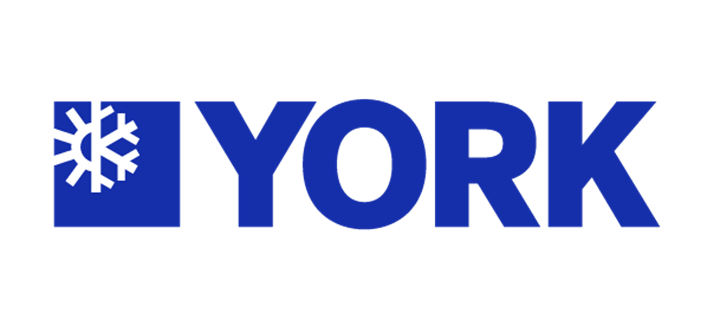

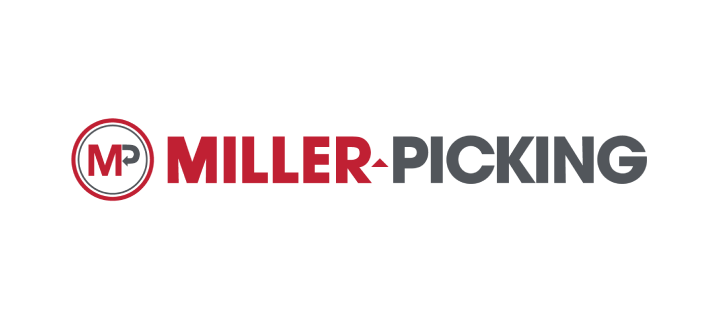

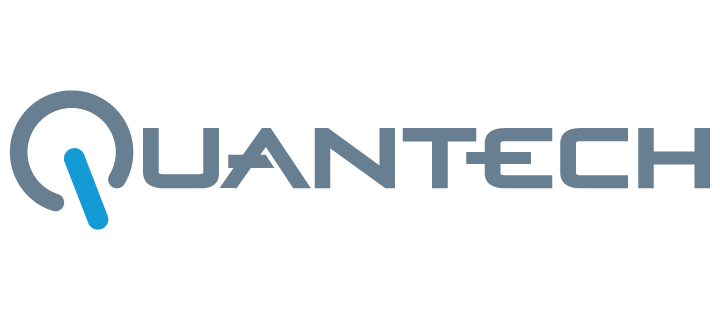
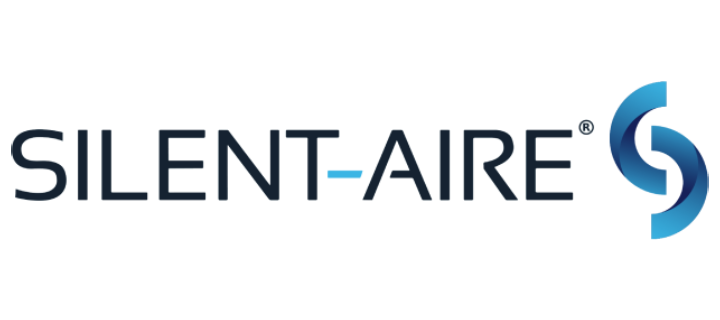
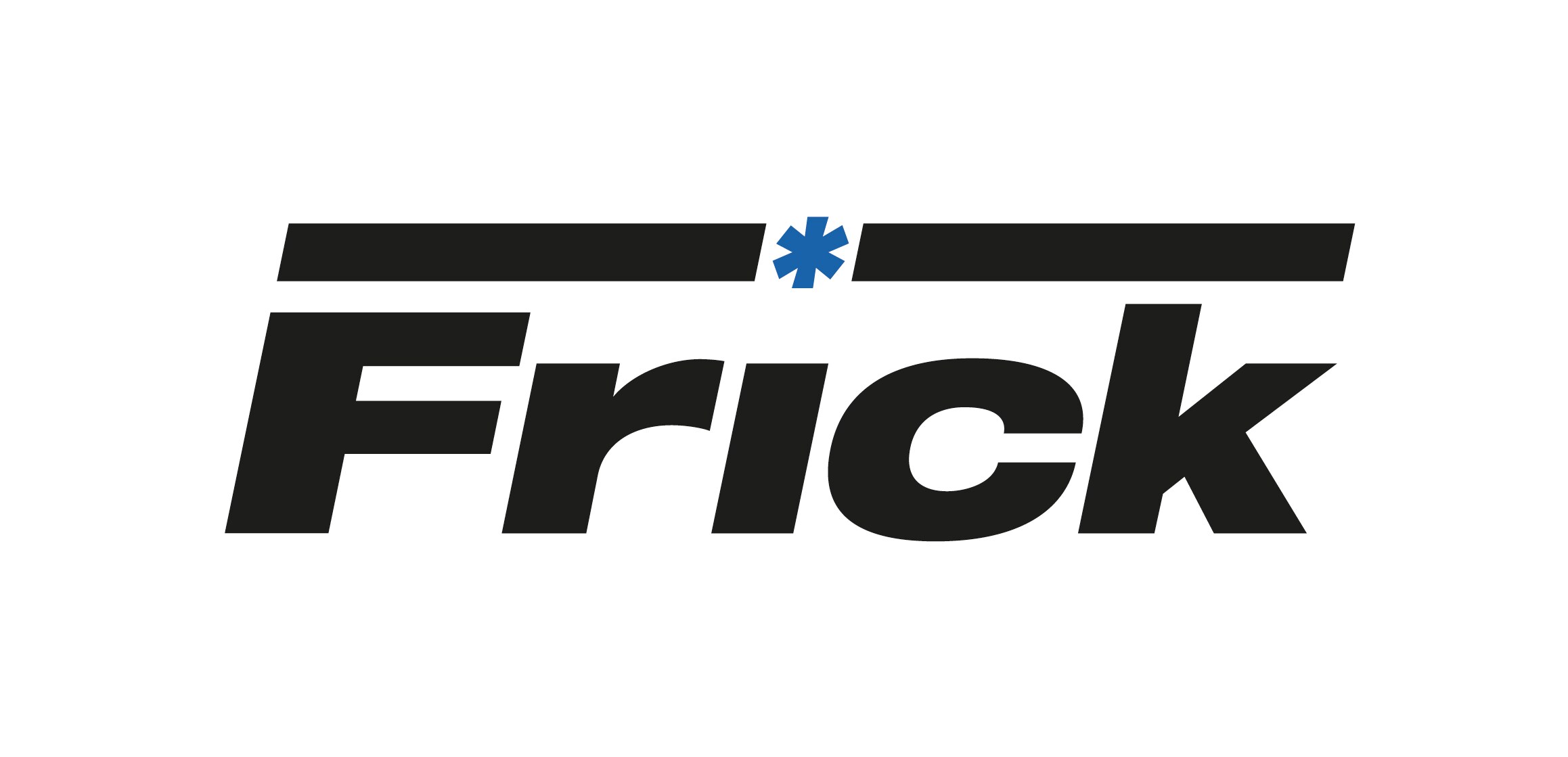
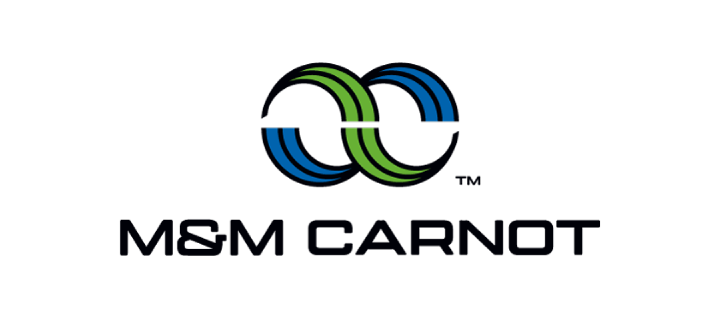
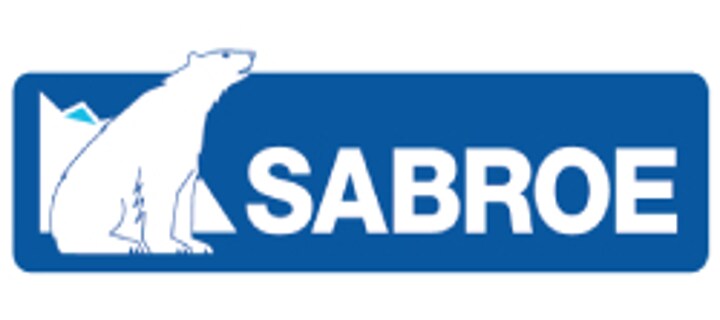
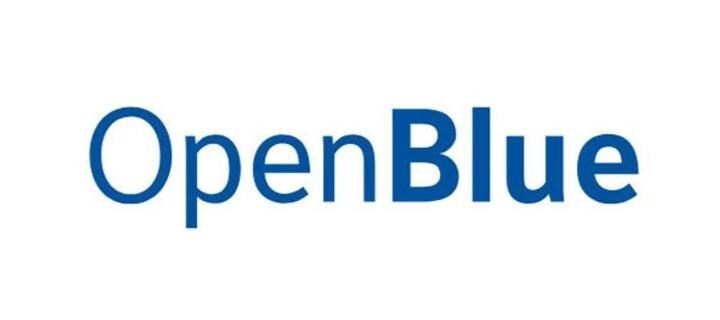
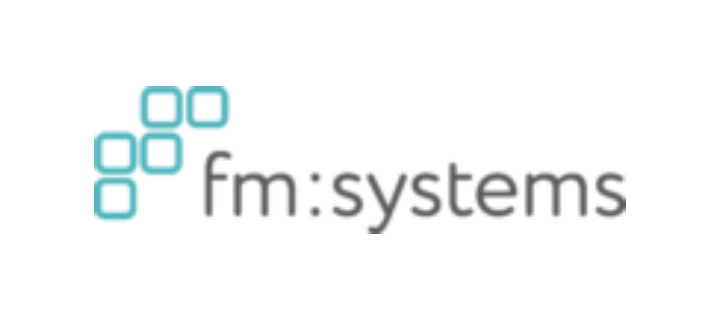



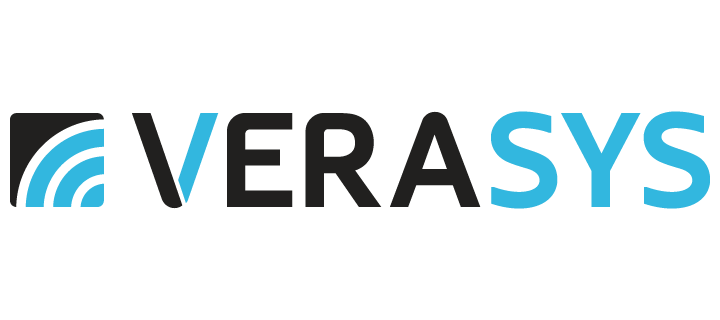
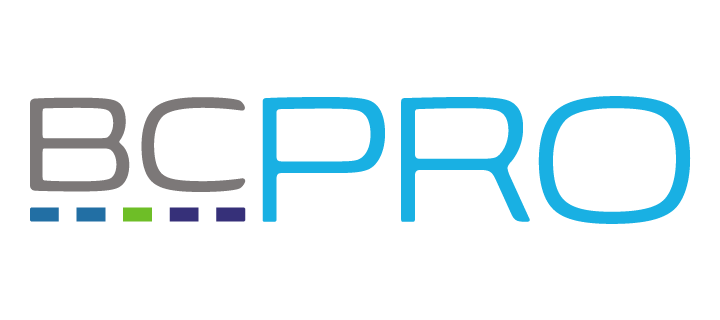
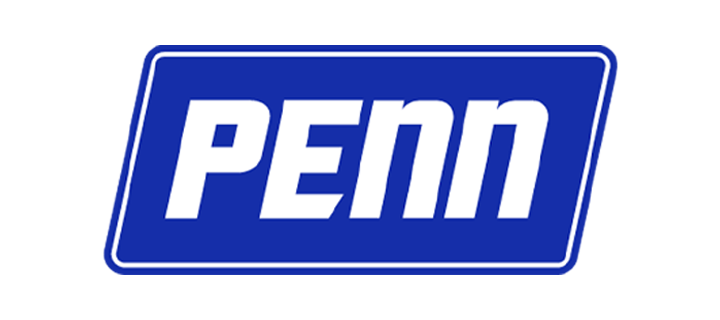

.jpg?la=en&h=320&w=720&hash=244C75B74F0F77521D56164450973BCD)
